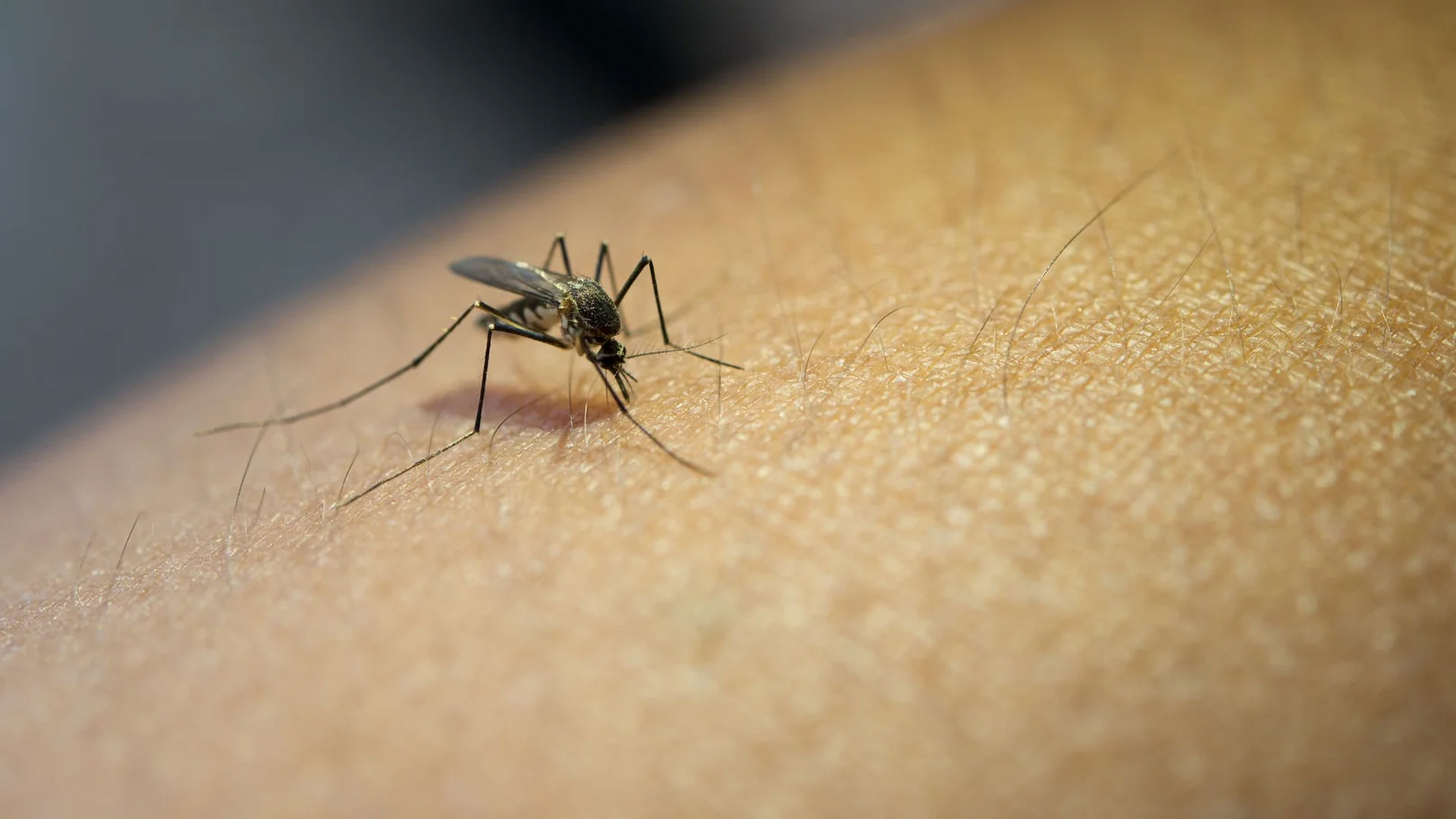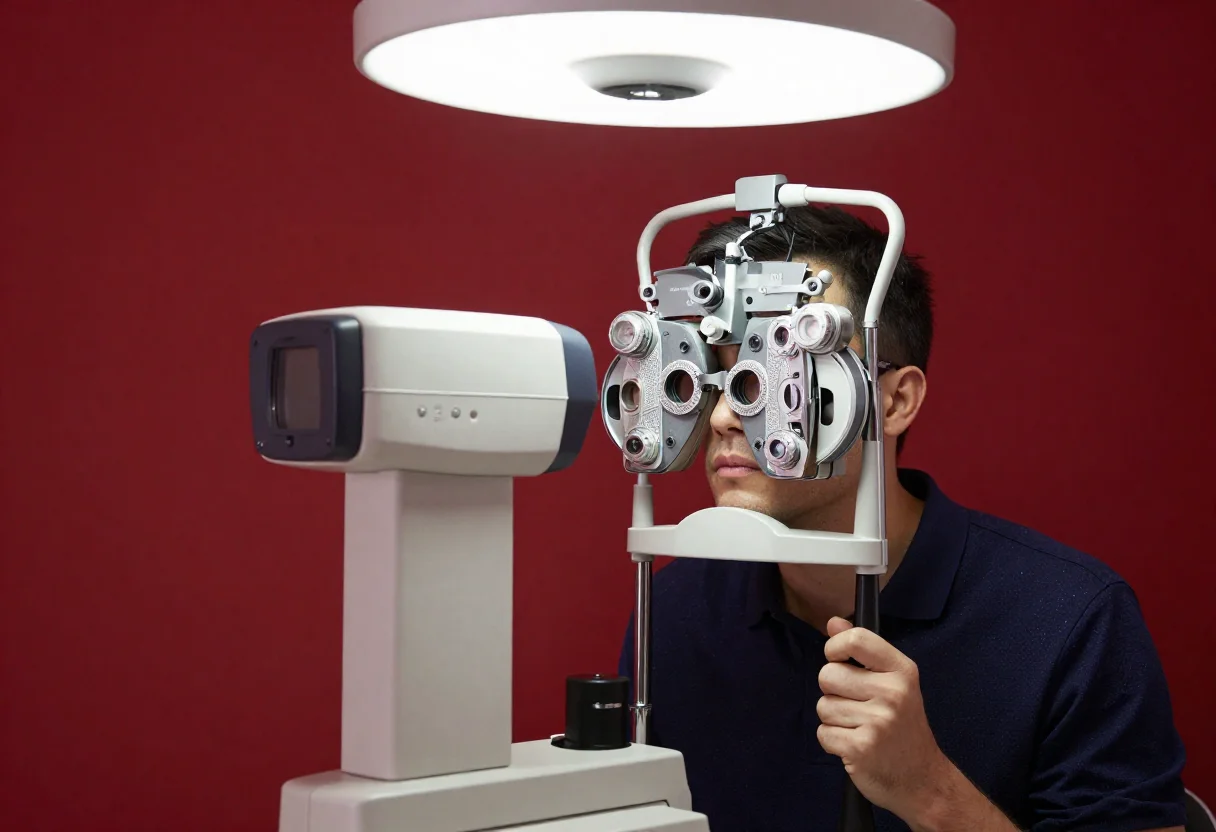
Almandil NB et al. Environmental and genetic factors in autism spectrum disorders: Special emphasis on data from Arabian studies. Int J Environ Res Public Health (2019).
Cherif L et al. Feeding problems in children with autism spectrum disorders. J Fam Med (2018).
Mukaddes NM. Bebeklikten Erişkinliğe Otizm, Aileler için Kılavuz. (2019). Nobel Tıp Kitabevleri, İstanbul.
Mukaddes NM. Otizm Spektrum Bozuklukları Tanı ve Takip (2017). Nobel Tıp Kitabevleri, İstanbul.
Tekin İftar E (Ed.). Otizm Spektrum Bozukluğu Olan Çocuklar ve Eğitimleri. (2019). Vize Akademik, Ankara.















